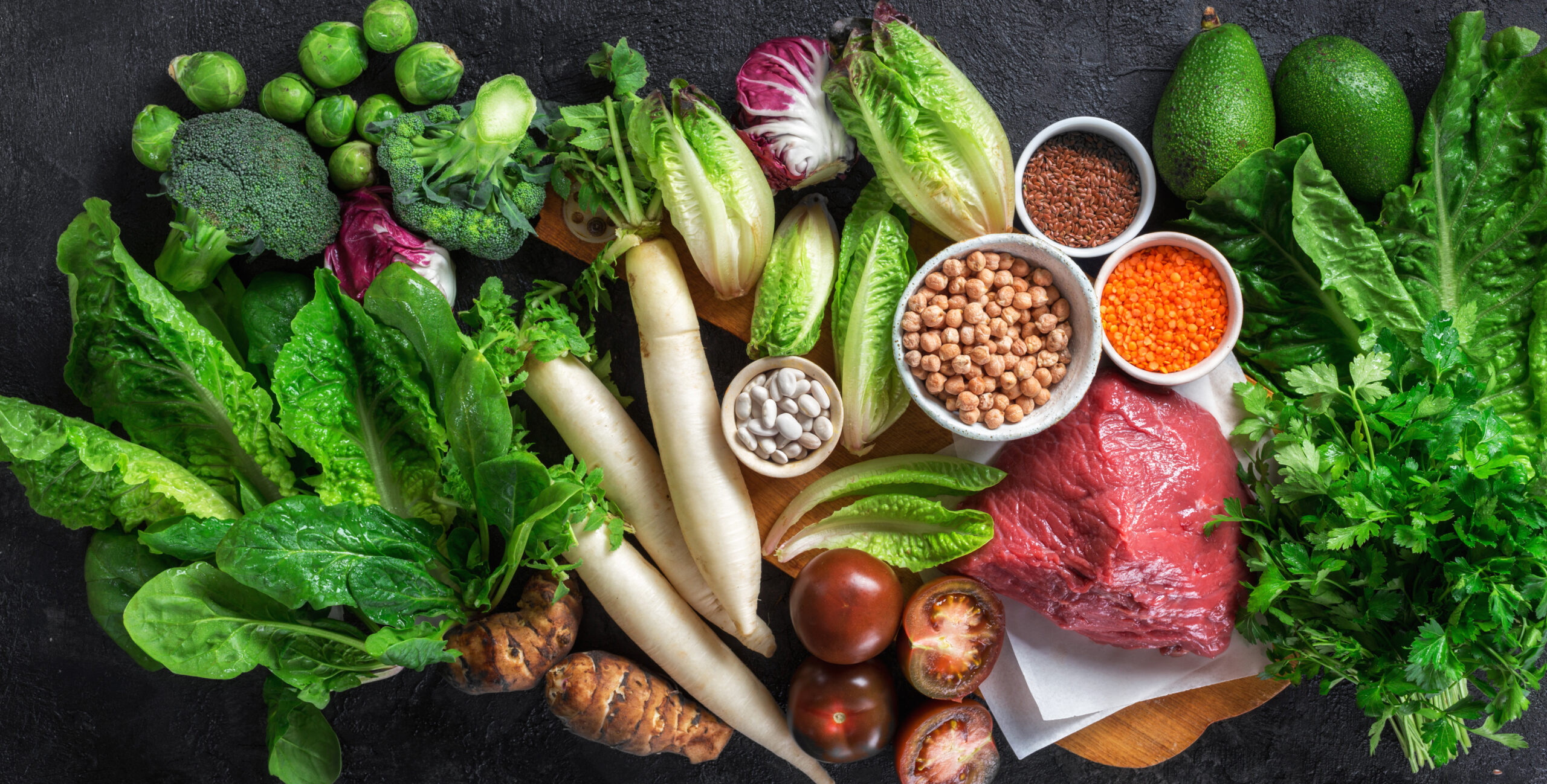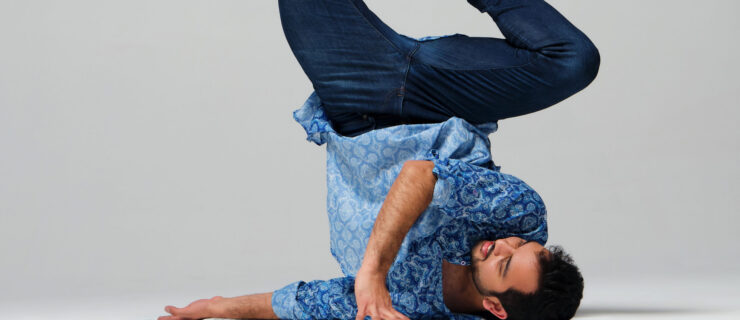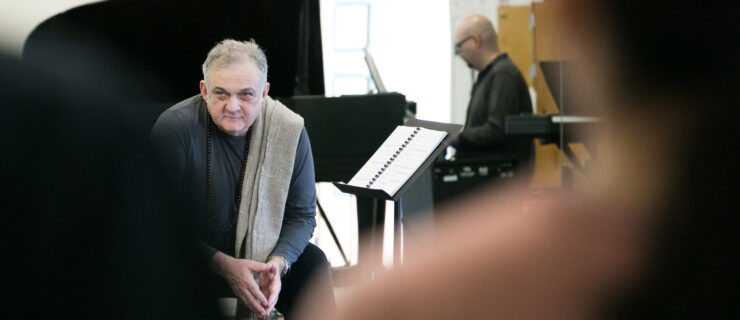Iron—Why It’s Important and How to Incorporate It Into Your Diet
A trace mineral that’s important for endurance athletes, iron is also the most common mineral deficiency worldwide. Iron is particularly important for dancers, as it plays a key role in transporting oxygen from the lungs to the rest of the body and thus is essential for muscle function and sustainability of both mental and physical performance.
Many dancers struggle to keep up with their iron needs, however. Research suggests that when compared to the general population, dancers are at a higher risk for low iron stores—a likely culprit being restrictive eating patterns. This can be a result of either restrictive dieting or a busy schedule that makes it challenging to eat enough throughout the day. This, combined with the high-impact, physical demands of dance and resulting strain on the body, as well blood loss from menstruation, contributes to an increased risk for iron deficiency in dancers—and a need for consistent iron replenishment.
Iron’s Impact
Overwhelming fatigue is a common symptom when iron runs low, along with anemia—a condition known to severely impair performance. Iron is a key component in the makeup of two bodily proteins. Hemoglobin, the protein in red blood cells, is responsible for carrying oxygen to all tissues. Myoglobin, the primary protein within muscle tissue, stores oxygen for aerobic use. A steady supply of oxygen is essential to ward off fatigue while dancing.
While you should check with your doctor about the feasibility of iron supplements if you’re at risk for deficiency, dancers should also aim to incorporate a variety of the following iron-rich foods into their meal plan.
- Meats like chicken, turkey, and beef are rich in heme iron, which is easily absorbed and utilized by the body.
- Leafy greens like spinach, kale, and Swiss chard are excellent sources of non-heme iron (found in plants). Although non-heme iron is less efficiently utilized by the body, incorporating an abundance of these foods can help to boost a dancer’s overall intake.
- Beans and lentils are also rich in iron. Add chickpeas to a salad, hummus to a snack, or lentil soup to dinner for a combination of iron, fiber, and protein.
- Nuts and seeds help to add iron to meals and snacks. Toss almonds or cashews into a trail mix, or add pumpkin seeds atop a salad.
- Fortified foods like breakfast cereals and granola bars can be an easy and convenient way to increase a dancer’s intake of iron.
Iron-Clad Results
There are a few additional ways that dancers can augment their iron intake. Cooking in cast-iron pans slightly increases the iron content of meals. Adding vitamin C–rich foods (like tomatoes and citrus fruits) to meals containing non-heme (plant-based) sources of iron helps to enhance absorption. And dancers taking calcium supplements should take them at a different time than when eating iron-rich foods as they can inhibit absorption.
By including a variety of iron-rich foods into their diets and considering how to leverage those choices in a way that best supports performance, dancers can actively work to support the longevity of their careers.





